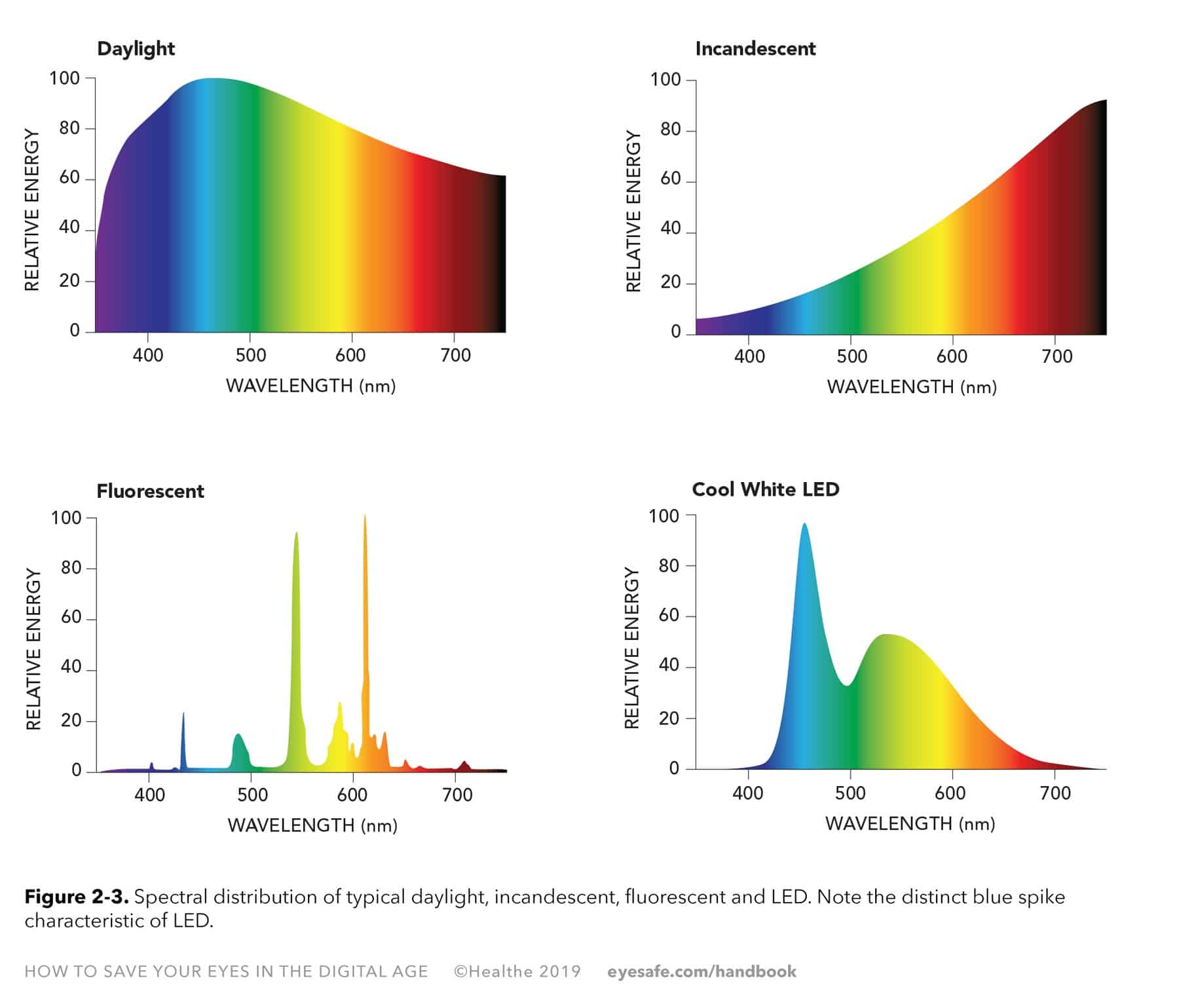Light stimulation of mitochondria reduces blood glucose levels
-
LEDs are not providing enough red light to keep us healthy.
Light stimulation of mitochondria reduces blood glucose levels (2024)
Abstract- Mitochondria regulate metabolism, but solar light influences its rate. Photobiomodulation (PBM) with red light (670 nm) increases mitochondrial membrane potentials and adenosine triphosphate production and may increase glucose demand. Here we show, with a glucose tolerance test, that PBM of normal subjects significantly reduces blood sugar levels. A 15 min exposure to 670 nm light reduced the degree of blood glucose elevation following glucose intake by 27.7%, integrated over 2 h after the glucose challenge. Maximum glucose spiking was reduced by 7.5%. Consequently, PBM with 670 nm light can be used to reduce blood glucose spikes following meals. This intervention may reduce damaging fluctuations of blood glucose on the body.
-
LEDs are not not a good replacement for daylight.

-
Good to know, thanks for sharing.
Do you have any sources for LED Red Lights, specifically?
-
My interpretation is, the cells are energized more to utilize the blood glucose.
-
@LetTheRedeemed said in Light stimulation of mitochondria reduces blood glucose levels:
Do you have any sources for LED Red Lights, specifically?
No I do not. I consider red lights to be a commodity. The sources/manufacturers are not as important as the wavelengths.
I consider red light to be generic in that the same wavelengths will produce the same results. Near infrared (NIR) has the deepest penetration into the body.
The general rule is that the longer the wavelength the deeper the light penetrates into the skin. When the light wavelength further lengthens to the IR region, the penetration depth decreases again because water absorbs IR light.

I have a LED light unit with a combination of 660nm deep red LEDs and 850nm NIR LEDs.
-
Thanks. It is good to once in a while make a study to somehow state the obvious.
It's better than using a study to state the contrary and misleading, which is probably more out there in the wild.
Thanks for sharing. We need to be reminded of the obvious, which we can easily take for granted.
-
@DavidPS I know, but I'm trying to find an LED that has multiple of the spectrum, and not pay thru the nose for it. So far the only one I've found is from lifegivingstore, but they've had quality control issues, and given the way he treated so many members of rpf, I'd rather not give him the business.
Does this mean you don't use LED Red Lights, or you're unwilling to share your source? I'm simply trying to look for options. redlightman is more expensive.
-
@DavidPS said in Light stimulation of mitochondria reduces blood glucose levels:
I have a LED light unit with a combination of 660nm deep red LEDs and 850nm NIR LEDs.
I purchased my unit several years ago from the lifegivingstore.
Here is a search at amazon for 660nm. Some of the products also contain 850nm and other wavelengths as well. The prices for LEDs have come down over the years.
Here is a link to a thread at RPF that you might find helpful. I do not think much as changed since 2022.
What is a good low-cost red light lamp device to get in 2022? -
@DavidPS thanks so much for sharing. It’s looking like I may use lifegivingstore again.
-
@LetTheRedeemed Blockbluelight and Hooga have good options
-
@LetTheRedeemed Isnt this store owned by Charlie? Why give him more money
-
@Sugarnotsnow thanks for sharing. Agreed, that’s why I’m hoping to find alternative sources.
-
@LetTheRedeemed Try the two brands i mentioned above!
-
@Sugarnotsnow will do, thanks!